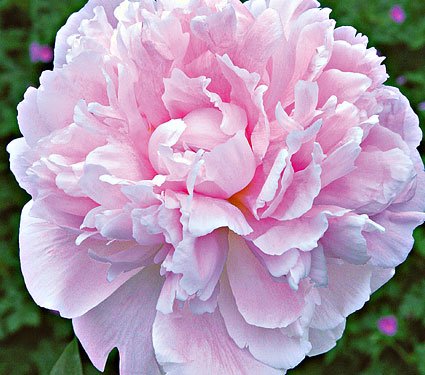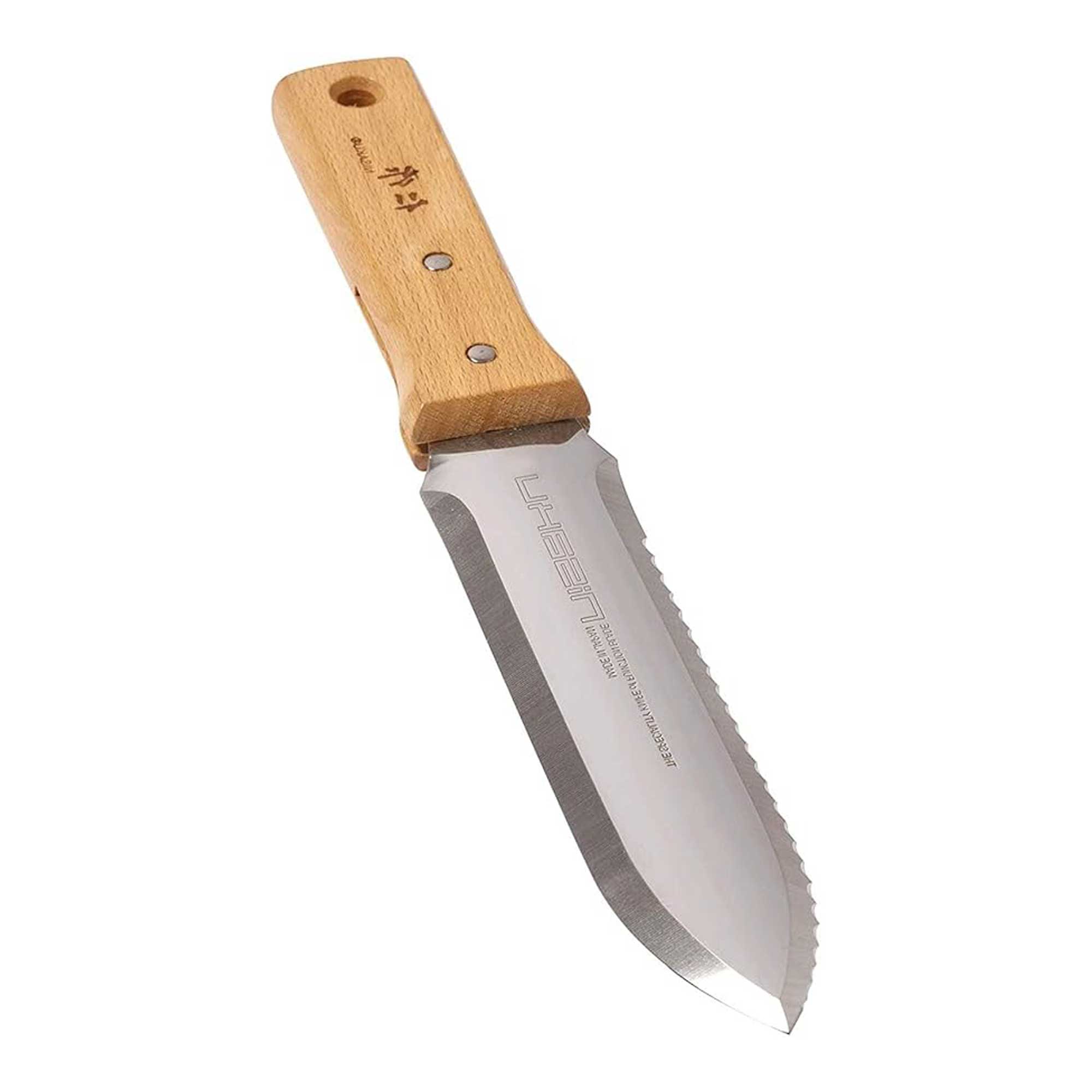How to Care For Peonies in The Fall – 4 Tasks to do Before Winter Arrives
Here's what to do with peonies in the fall
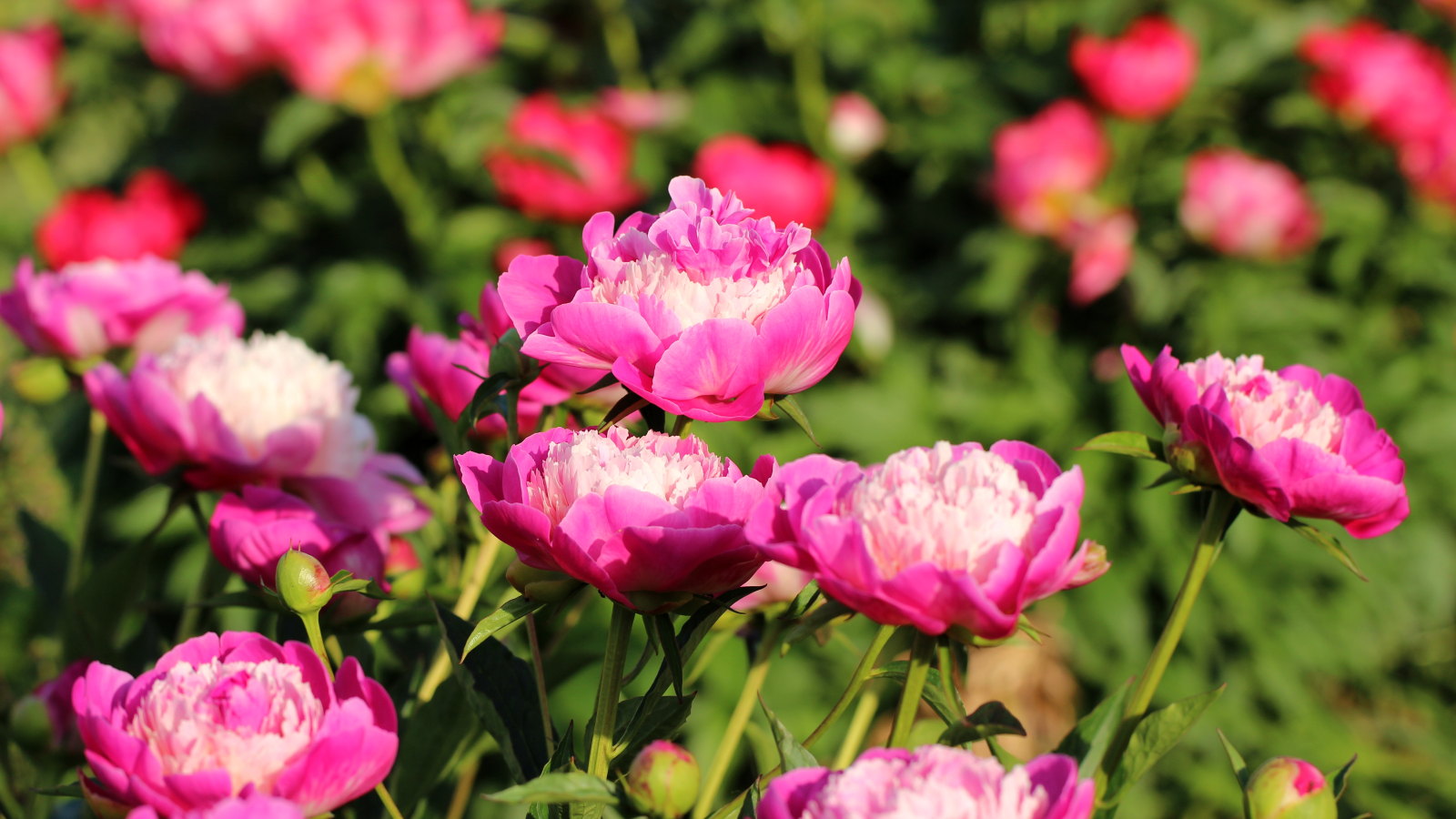

Peonies may only have a fleeting period of flowering, but they are highly anticipated by many gardeners and are one of the crowning moments of late spring or early summer. The big, blousy blooms may be on show for just a few weeks, yet peonies require lots of TLC to keep them performing.
There can be jobs for all seasons when you grow peonies, and in the fall there are some key care and maintenance tasks you can do. The plants need cutting back and mulching to keep them healthy, while the fall also offers the ideal opportunity to move or divide peonies in your garden.
If you've ever wondered how to care for peonies in the fall, we've got you covered. This guide looks in-depth at the four key jobs you can add to your fall gardening checklist. The rewards are worth the effort; not only will your peonies survive through winter and come out strongly to put on a fantastic display next year, but you can also get new plants for free.
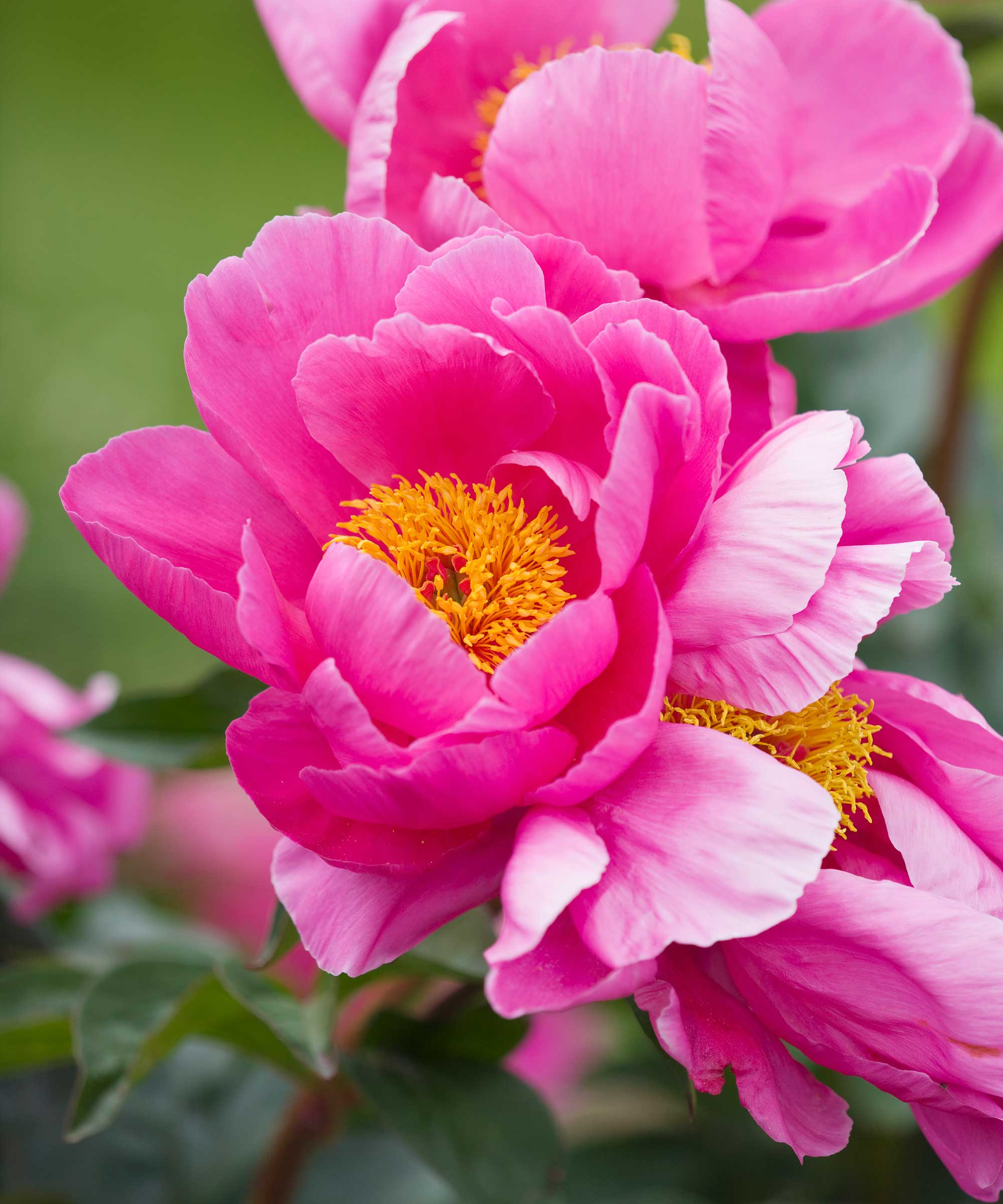
How to Care For Peonies in The Fall
The following recommendations are for herbaceous peonies, rather than tree peonies. When you grow tree peonies, these shrub-like plants grow up to eight feet tall and have larger flowers. Their care and maintenance differ slightly from herbaceous types (such as this Autens Pride Peony, available at Amazon), especially when it comes to pruning and propagation.
1. Cut Back the Plants

Once the peony foliage turns yellow and dies back in the fall, it is time to cut back peonies. They tend to be perennial plants to prune in October or November, depending on your climate, but you do need to wait until the foliage has completely turned yellow or brown.
The foliage may wilt after blooming, but being impatient and trimming too early is a peony pruning mistake. For the best flowering display the next year, the foliage needs as much time as possible to photosynthesize and store energy. So, peonies should be cut back in the fall, but not until the right moment.
Another important reason to prune peonies in the fall is that they are susceptible to fungal and bacterial diseases. The likes of powdery mildew, botrytis blight, and gray mold can overwinter on old plant material and then infect the new foliage in the spring. To keep peonies healthy, remove all the foliage in the fall using a pair of sharp pruning tools, such as these professional Felco 2 pruning shears at Garden Goods Direct).
Design expertise in your inbox – from inspiring decorating ideas and beautiful celebrity homes to practical gardening advice and shopping round-ups.
You can use healthy leaves to make compost, but don't add infected leaves to your pile, as spores can overwinter in compost and then be spread to other plants.
2. Mulch with Organic Matter
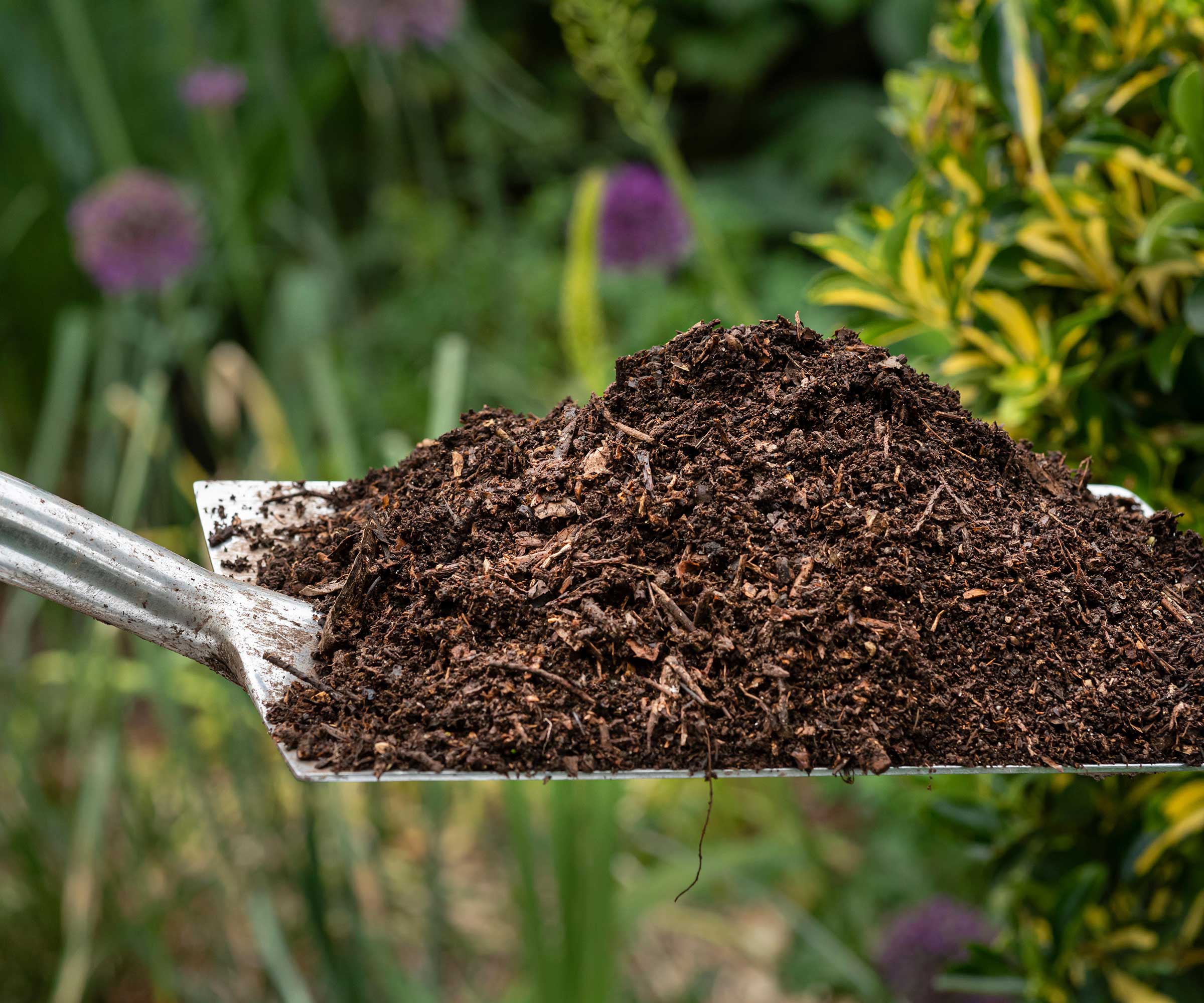
Peonies can benefit from the protection that mulch offers against cold weather. The mulch insulates the roots from frost, making it an important fall maintenance task in colder climates. It also helps maintain soil moisture and reduces competition from weeds.
In addition, mulching also helps newly-planted peonies avoid succumbing to heaving, where the roots are pushed from the ground due to the repeated freezing and thawing of the soil.
The best types of mulch for peonies in the fall are compost, leaf mold, straw, or natural wood mulch, such as this organic dye-free premium mulch available at Amazon.
If you want to mulch on a budget, there are several fall mulching materials you can source for free, including leaves, homemade compost, and wood chips.
Put a layer of a few inches deep around the peony, but do not bury the crown of the plant.
3. Move Plants
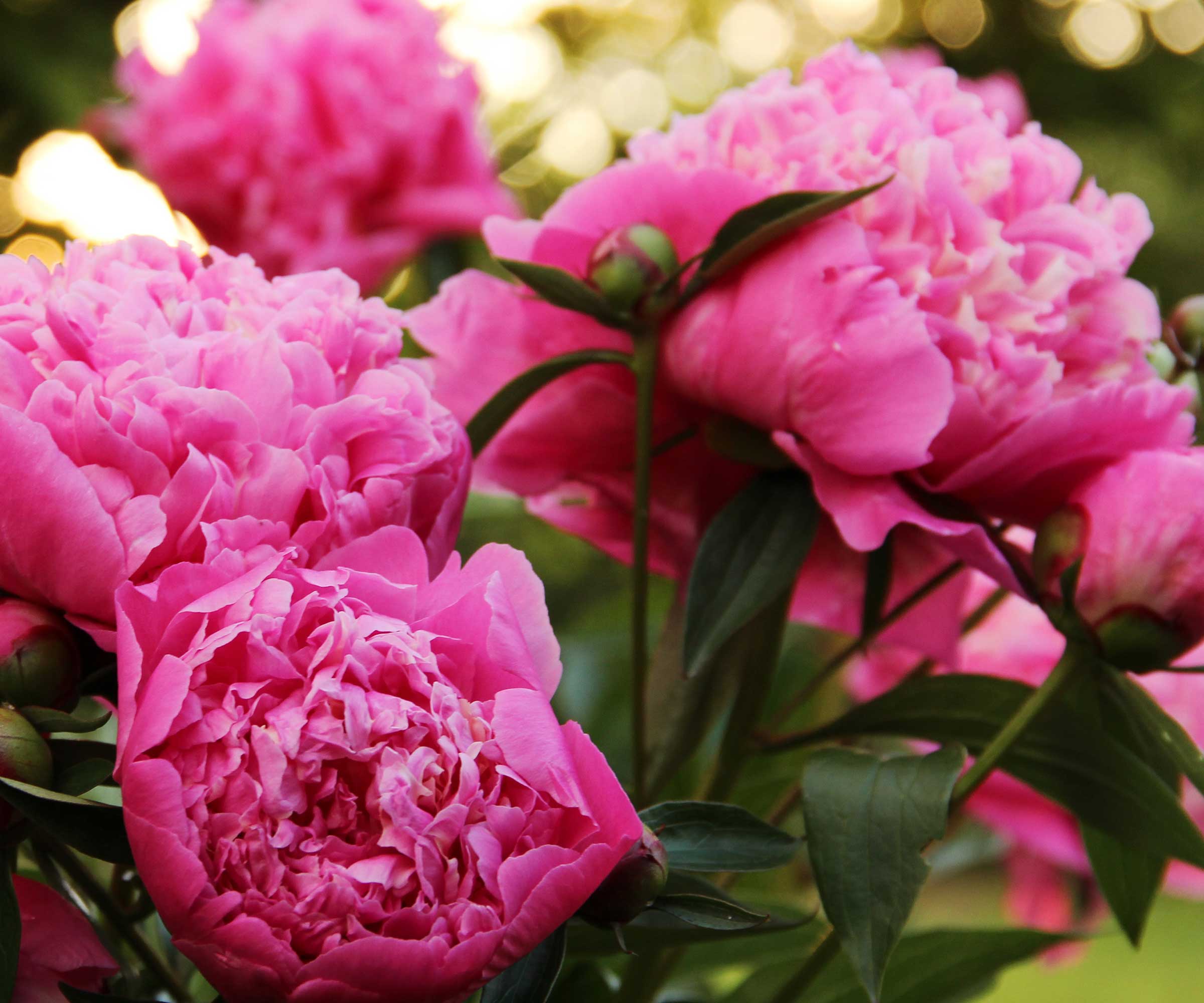
Peonies can happily thrive and bloom in the same place for many years. However, if you have existing plants you feel would be better somewhere else, or if you are tweaking your backyard ideas, then the fall is the best time to transplant peonies.
The adage is that peonies do not like being moved. While they can be temperamental perennial plants, this is not always the case, provided you do it at the right time. The plants are starting to enter dormancy in late fall, so September to November is a great time to lift and transplant them.
Cut back the stems, and dig a large circle around the plant to avoid damaging the roots when you lift the peony from the ground. Take care to lift the plant with lots of soil around the root ball and relocate it into a large hole with the crown no more than an inch below the soil.
Sprinkle some bone meal around the plant, which is high in phosphorus and helps to develop roots, and give it a deep watering and mulch. You can get organic bone meal at Burpee to use to feed your transplanted peony in the fall.
The newly transplanted peony won't flower the following spring, but should start blooming the next year.
4. Divide Plants
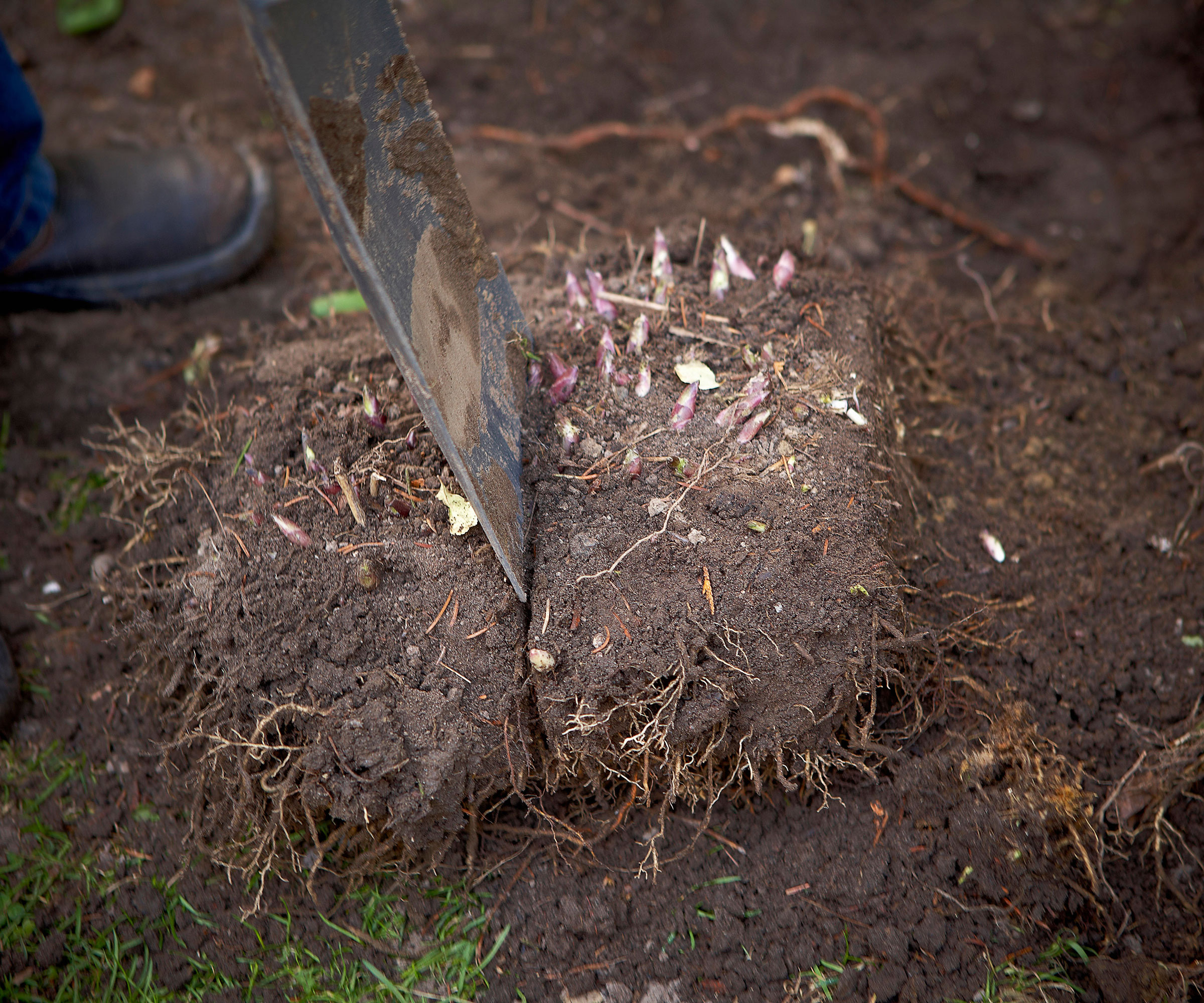
Just as you can lift and move peonies in the fall, it is also a good time to propagate peonies by division if you want to add to your collection of plants.
In the same way as above, cut the stems to the ground and carefully lift the peony from the soil. Brushing off as much soil as possible from the rootball will help you see where the eyes (or buds) are - these are the small growths on the crown where stems emerge.
Divide the plants with a sharp spade, knife, or hori hori, making sure that any sections have at least 3-5 eyes. Replant the sections as soon as possible in a sunny spot, ensuring the crown is no more than two inches below the surface. Planting too deeply is often the culprit for peonies not blooming.
Keep the new section well-watered and, again, prepare for it not to flower the following spring.
The fall also offers an ideal window to plant peonies if you do wish to add more specimens to your garden. Both container-grown and bare-root peonies can be planted in the fall. They will have a whole growing season to fully settle in their new home and hopefully burst into bloom in their second spring.
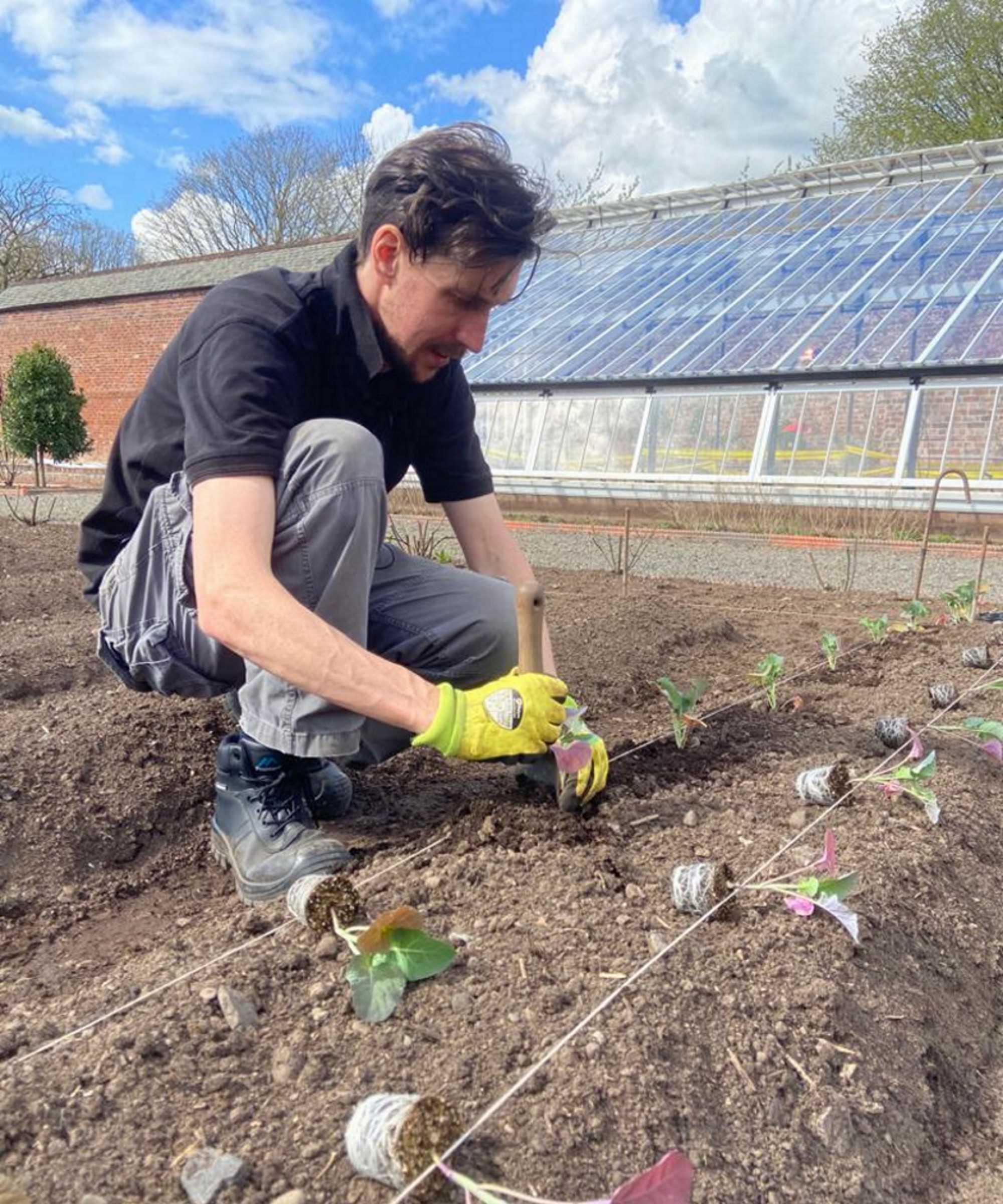
Drew has worked as a writer since 2008 and was also a professional gardener for many years. As a trained horticulturist, he worked in prestigious historic gardens, including Hanbury Hall and the world-famous Hidcote Manor Garden. He also spent time as a specialist kitchen gardener at Soho Farmhouse and Netherby Hall, where he grew vegetables, fruit, herbs, and cut flowers for restaurants. Drew has written for numerous print and online publications and is an allotment holder and garden blogger. He is shortlisted for the Digital Gardening Writer of the Year at the 2025 Garden Media Guild Awards.
